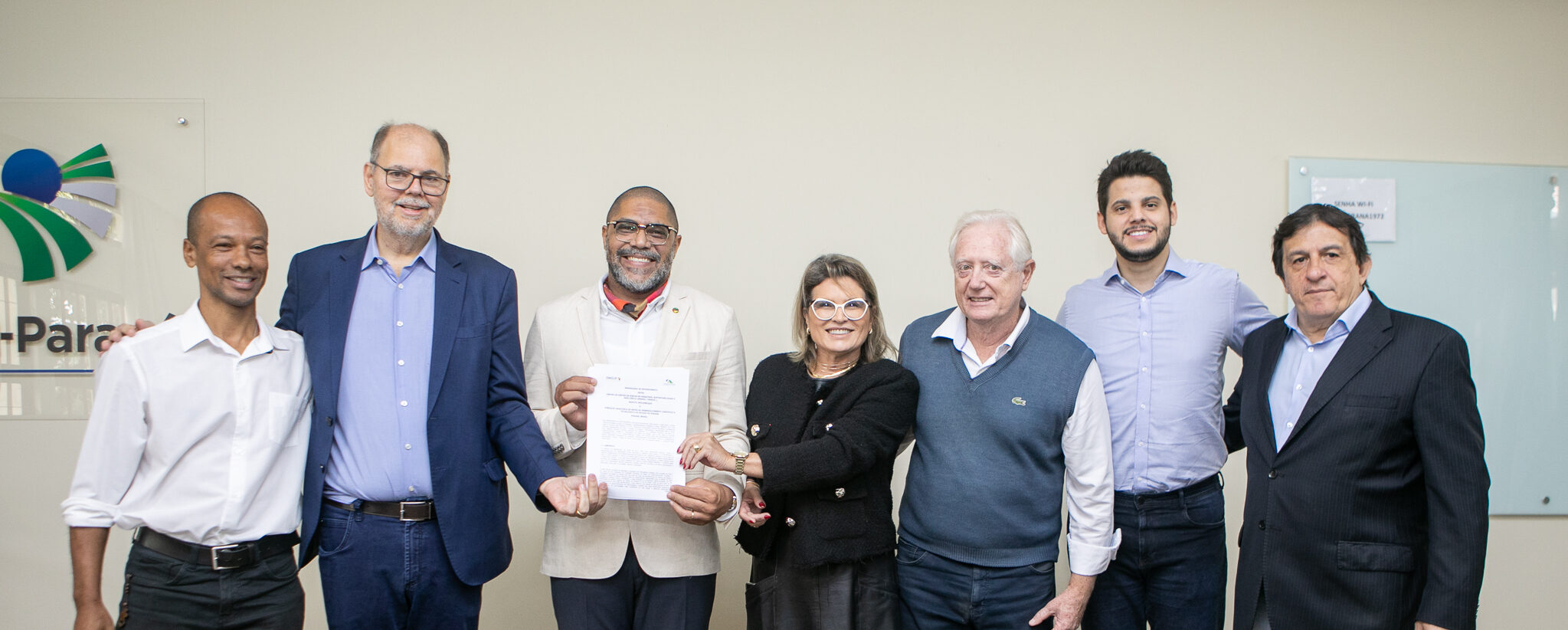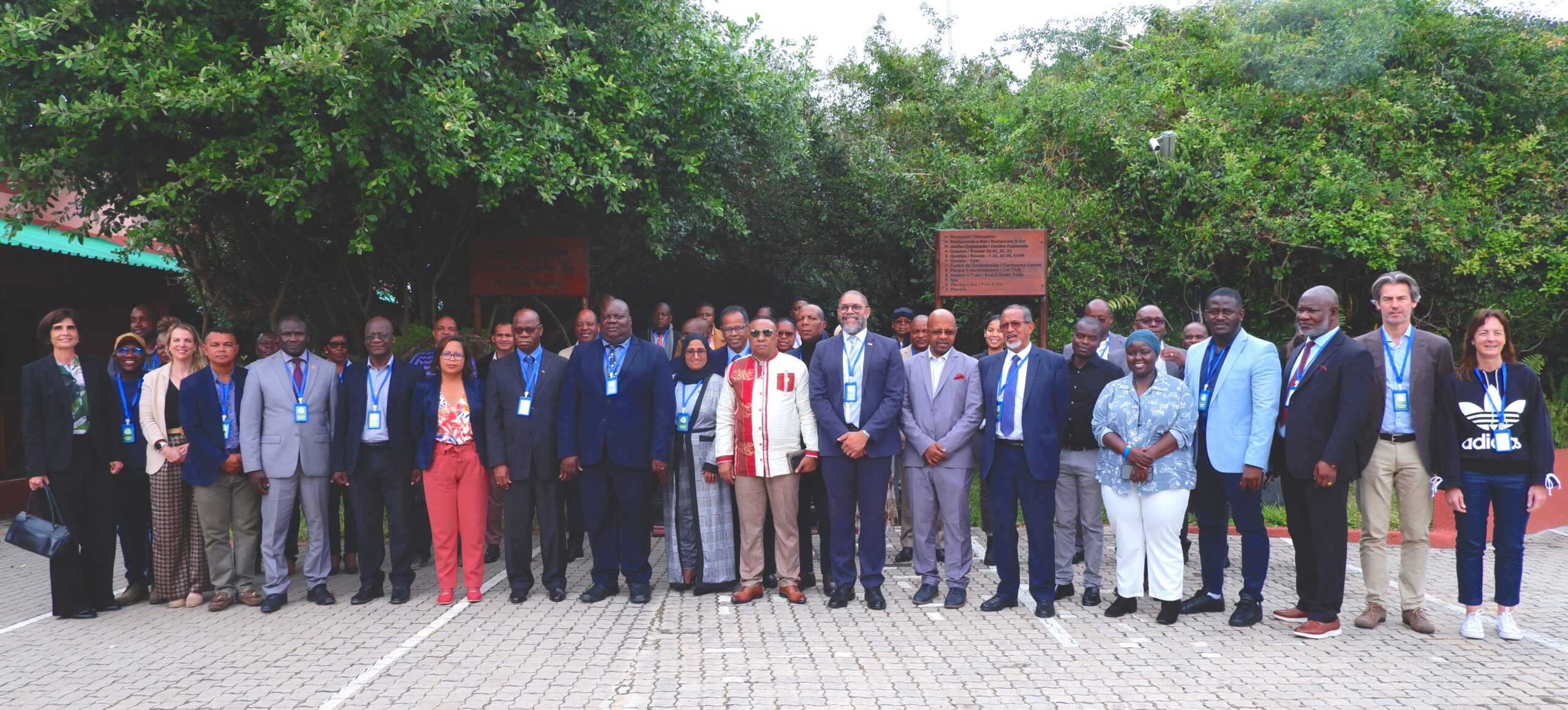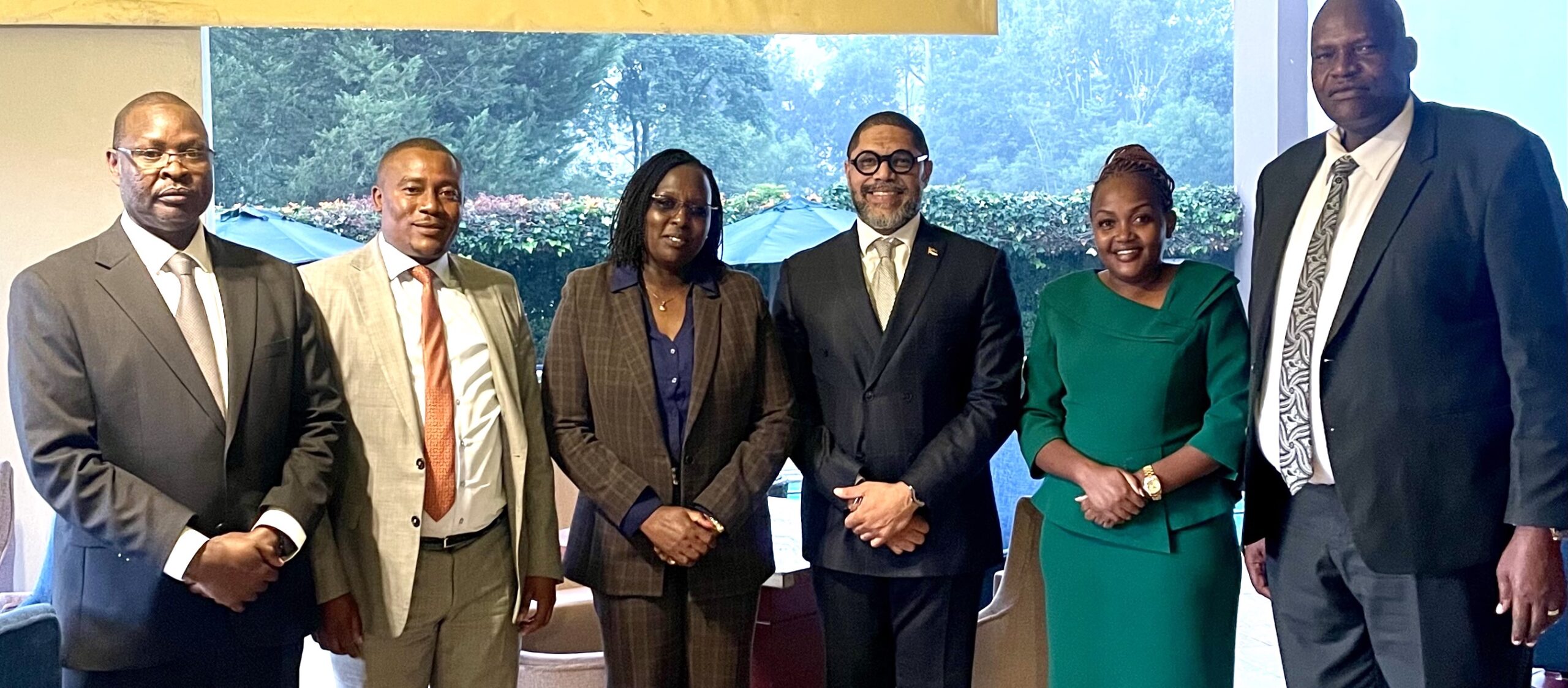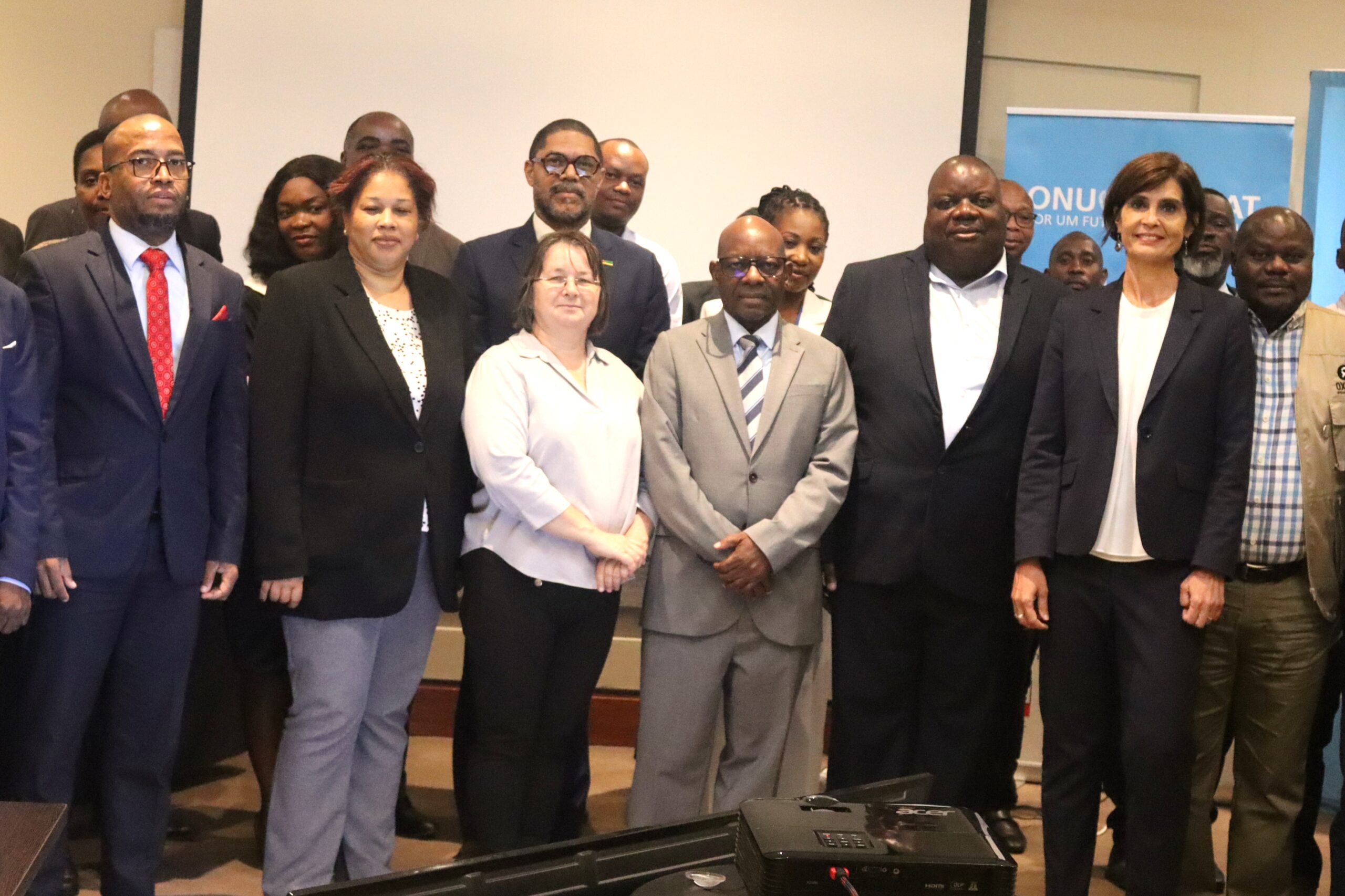Session presents and discusses examples of DRR implementations in African cities
25 November 2016 – UNISDR and UN-Habitat jointly organized a session during the 6th Session of Africa Regional Platform and 5th High-level Meeting on a Disaster Risk Reduction in Mauritius on 23 November 2016. The session contextualized the Sendai Framework implementation at the local level and shared best practices of Disaster Risk Reduction (DRR) implementations in African cities. Chaired by Youcef Ait-Chellouche, Head of Delegation IFRC, the discussions identified key issues and opportunities to build urban resilience and implement the Sendai Framework at the local level.
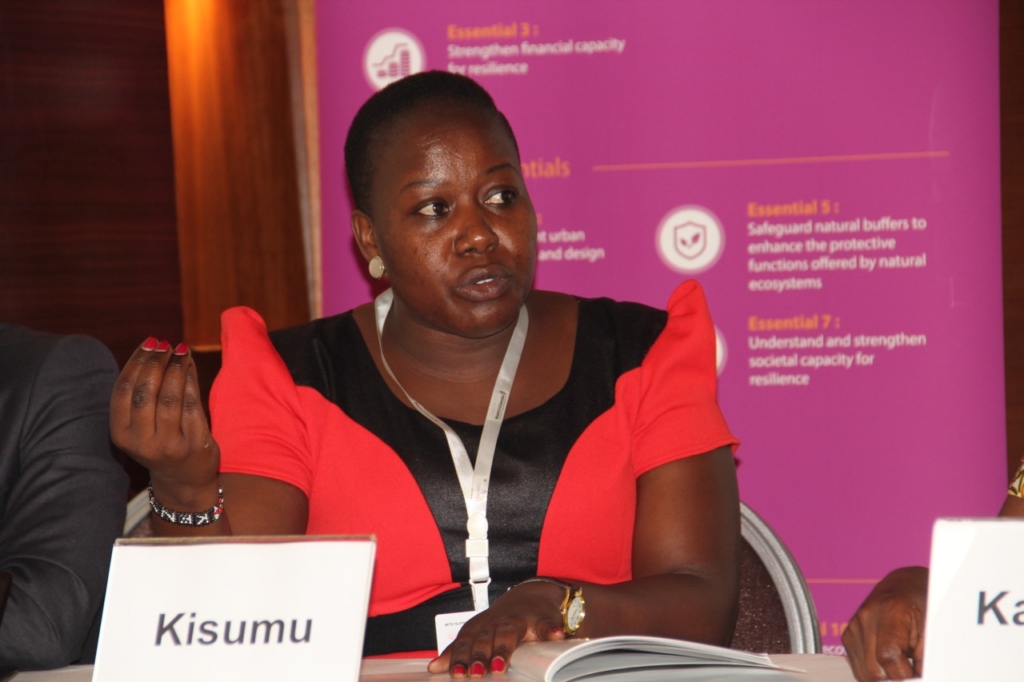
Animesh Kumar, UNISDR Deputy Head of Office, presented key issues on current urban resilience trends and global frameworks for resilience. He stressed that urban risk reduction is not about reducing the risks that we assess today, but about designing future urban development but taking risks into account.
In order to add to the discussion of resilience building at the local level, Mathias Spaliviero, Senior Human Settlements Officer, Regional Office for Africa, UN-Habitat, introduced a concrete example of the Sendai Framework implementation in African urban spaces: the City Resilience Action Planning Tool (CityRAP Tool), developed to fit the needs of low capacity cities and towns in Africa. Spaliviero highlighted the importance of participatory approach for successful implementations.
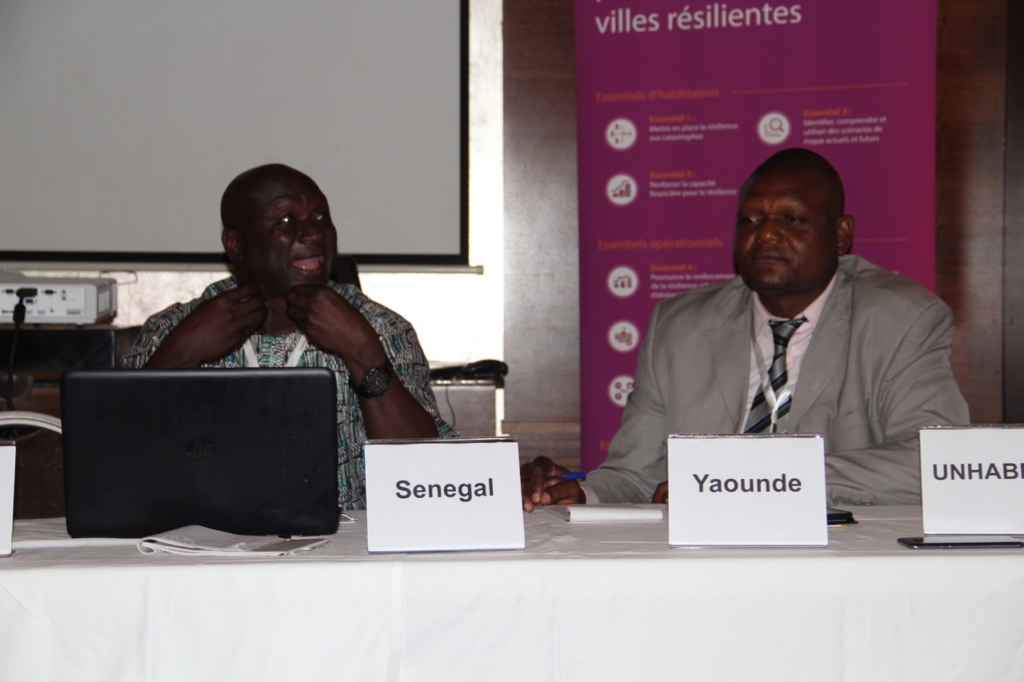
Representatives of the cities of Kisumu, Kampala and Yaunde, as well as DRR Champion Hon. Abdou Sane, Senegal, outlined major challenges they are facing. These can be summarized (in no order) as responding to natural and made hazards, shocks and stresses such as flooding, congested drainage, landslides, disease outbreaks and epidemics, man-made fires, conflicts and civil unrest; road traffic accidents; terrorist attacks and earthquakes. Further, there are alignment problems between national and local level policies and priorities, challenges to operationalize policies and to enforce existing legislation. Land use management, zoning, and enforcement of legislation in this regard. Lastly, often research solutions and initiatives do not reach communities or translate into concrete policy advise or implementation.
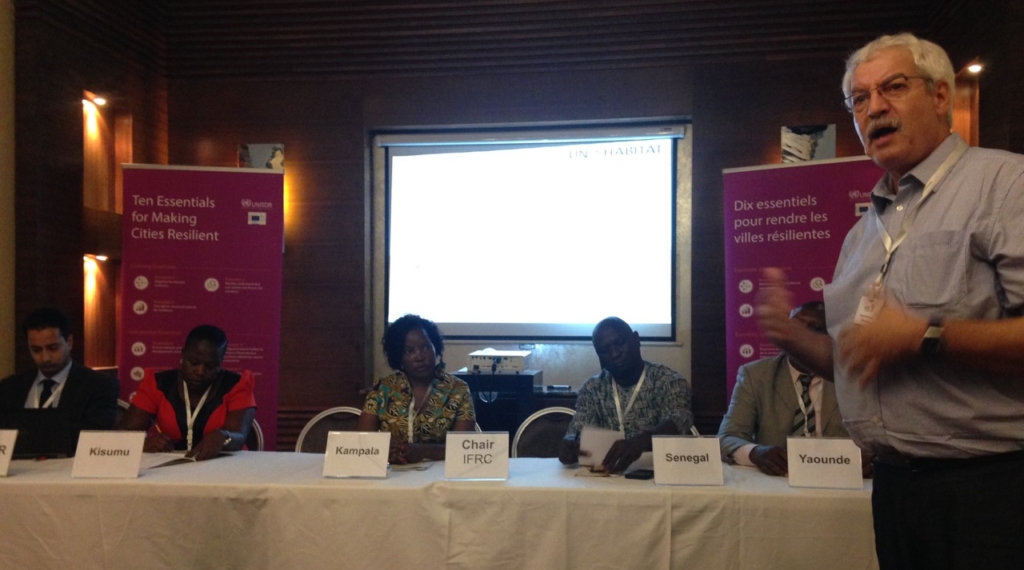
Suggested recommendations/outcomes from this session:
The recommendations centered around the question as to how to help cities understand their risk for them to make informed decisions.
- Risk informed, inclusive and participatory decision making is key to reducing urban risk and building urban resilience. The process of risk assessment, priority setting and decision-making, as well as implementation of actions for building urban resilience should to be inclusive and participatory throughout. Leveraging local knowledge solves the issue of data scarcity whereas public participation in decision-making is key to building ownership and political commitment to urban plans, regulations and initiatives for building urban resilience.
- There is a need for a paradigm shift in research that supports risk informed decision-making and is translated into tangible policy advice. Risk information should be considered as pubic good and open to city managers, private sector and citizens
- Cities should collaborate around the issue of urban resilience, including knowledge exchange on best practices and innovative solutions for fostering urban resilience.
- Cities should also established a network at the national, sub-regional and regional level, centered around local authorities and support each other though appropriate network on issues regarding disaster risk reduction and resilience, which are generally relatively new to them.
- There is a need to shift from assessment and planning to the actual implementation of actions for building urban resilience and reducing disaster risk.
- Cities represent the appropriate space and level for implementing international frameworks such as the Sendai Framework, SDGs, Paris Agreement and the New Urban Agenda, as they are the one facing and addressing risks on a daily basis. Thereby local actors and affected communities should be at the center of urban risk reduction planning processes and effectively empowered for such a purpose.
- Prevention and forward planning to mitigate new disaster risks is crucial to urbanizing Africa. The opportunity to build resilient structures and to conduct land management in new urban areas must be addressed by the local governments in partnership with academia, NGOs and International Organizations.


